Nintendo’s Strategic Shift: Pokopia Delivers a Poke-Sized Answer to Palworld
Popular Now
 Among Us
Among Us
 Rust
Rust
 Sonic the Hedgehog™ Classic
Sonic the Hedgehog™ Classic
 PUBG Mobile
PUBG Mobile
 God of War Ragnarök
God of War Ragnarök
 Genshin Impact
Genshin Impact
 Fall Guys
Fall Guys
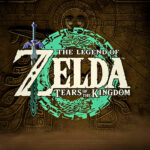 The Legend of Zelda
The Legend of Zelda
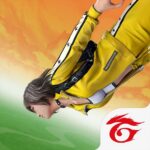 Free Fire Max
Free Fire Max
 NBA 2K24
NBA 2K24
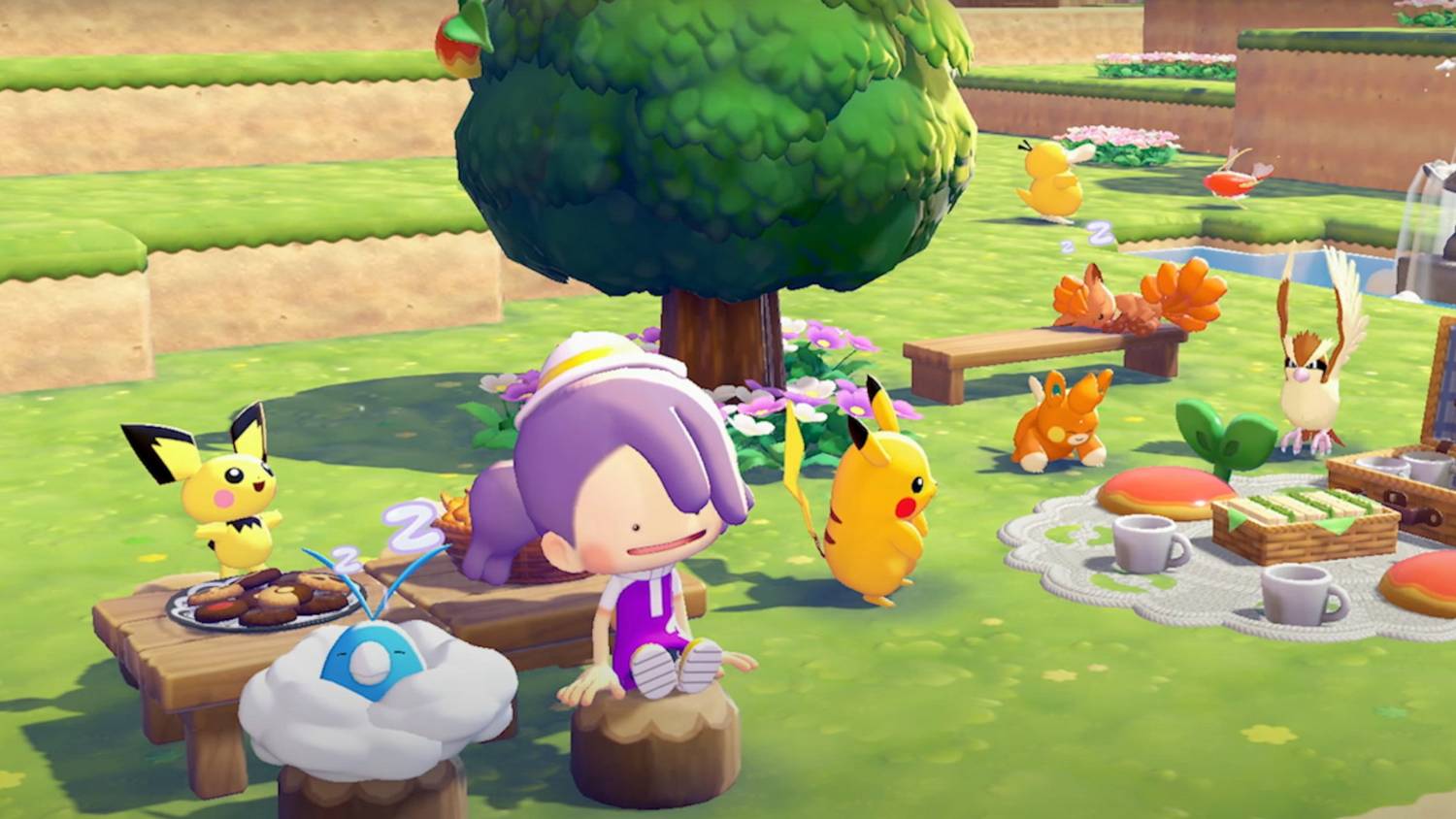 For months, the gaming world has been captivated by the explosive success of Palworld, a survival and crafting game that brazenly mixed gun-wielding humans with monster-collecting mechanics. The phenomenon became a source of immense pressure on Nintendo, The Pokémon Company, and Game Freak, who were facing a growing public demand for a more open, free-form Pokémon experience. Now, in a move that seems to directly address this pressure, Nintendo has finally “wised up,” announcing its own crafting and building game, Pokémon Pokopia. But what’s truly remarkable about this new title is its eccentric premise: it stars a Ditto that thinks it’s a real human.
For months, the gaming world has been captivated by the explosive success of Palworld, a survival and crafting game that brazenly mixed gun-wielding humans with monster-collecting mechanics. The phenomenon became a source of immense pressure on Nintendo, The Pokémon Company, and Game Freak, who were facing a growing public demand for a more open, free-form Pokémon experience. Now, in a move that seems to directly address this pressure, Nintendo has finally “wised up,” announcing its own crafting and building game, Pokémon Pokopia. But what’s truly remarkable about this new title is its eccentric premise: it stars a Ditto that thinks it’s a real human.
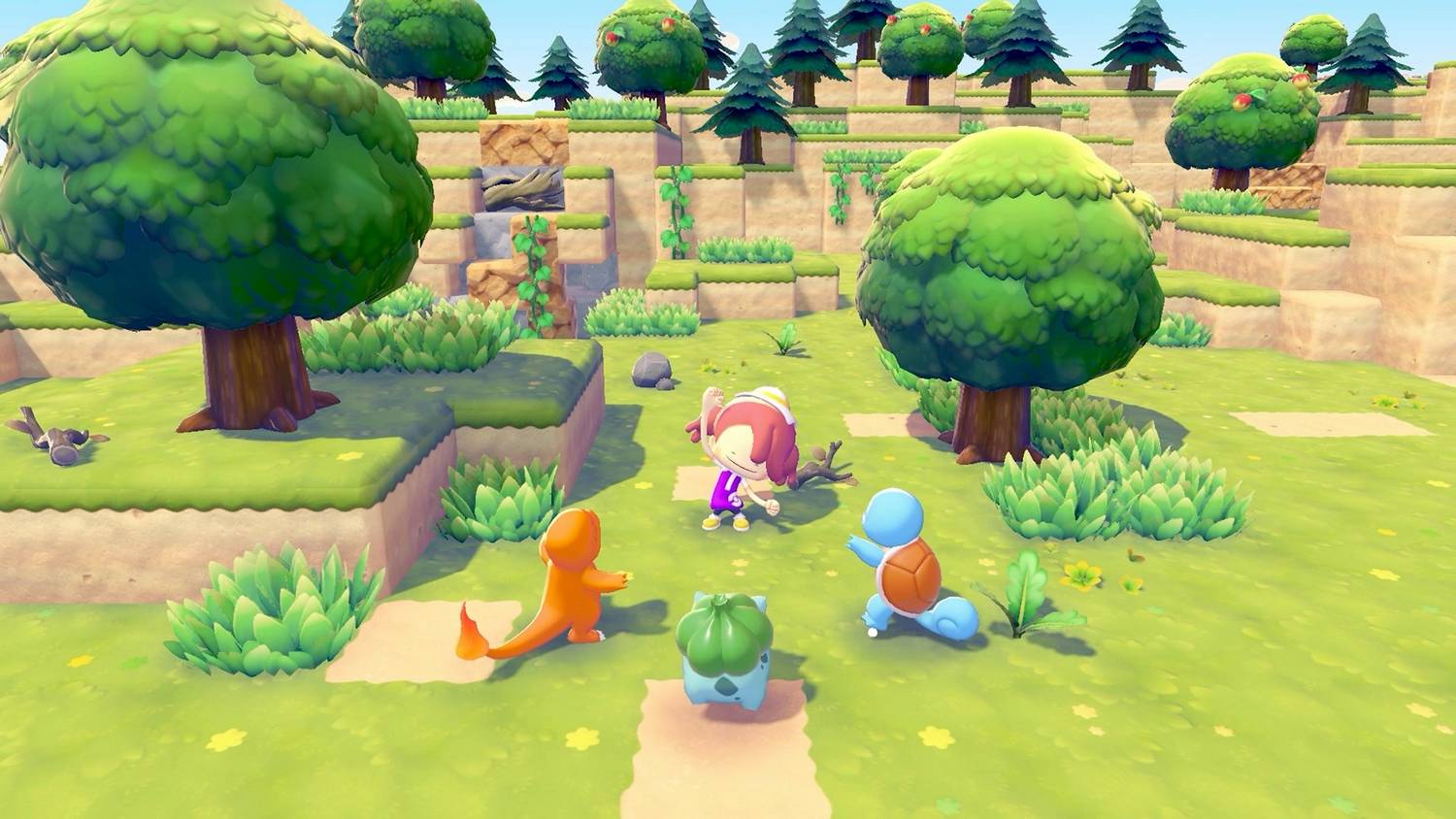 A Bold New Direction for the Franchise
A Bold New Direction for the Franchise
Unveiled during the highly anticipated September Nintendo Direct, Pokémon Pokopia is a monumental departure from the traditional RPG format of the main series. The game is described as Pokémon‘s first “life simulation” game, a clear and direct foray into the genre that has made titles like Animal Crossing: New Horizons and, more recently, Palworld, so successful.
In Pokopia, players take on the role of a Ditto that has transformed to look like a human. This Ditto, after dusting off a mysterious Poké Ball, embarks on a journey to build a paradise for Pokémon. The gameplay loop is centered on collecting resources like wood and rocks, crafting furniture and homes, and terraforming a desolate island into a vibrant utopia.
But the most unique mechanic is how Ditto interacts with the world. Instead of simply crafting with tools, it learns and uses moves from the Pokémon it befriends. For example, it can use Bulbasaur’s Leafage to add greenery to the landscape or Squirtle’s Water Gun to hydrate plants. This creative use of existing Pokémon moves within a new gameplay context is a testament to the game’s imaginative design.
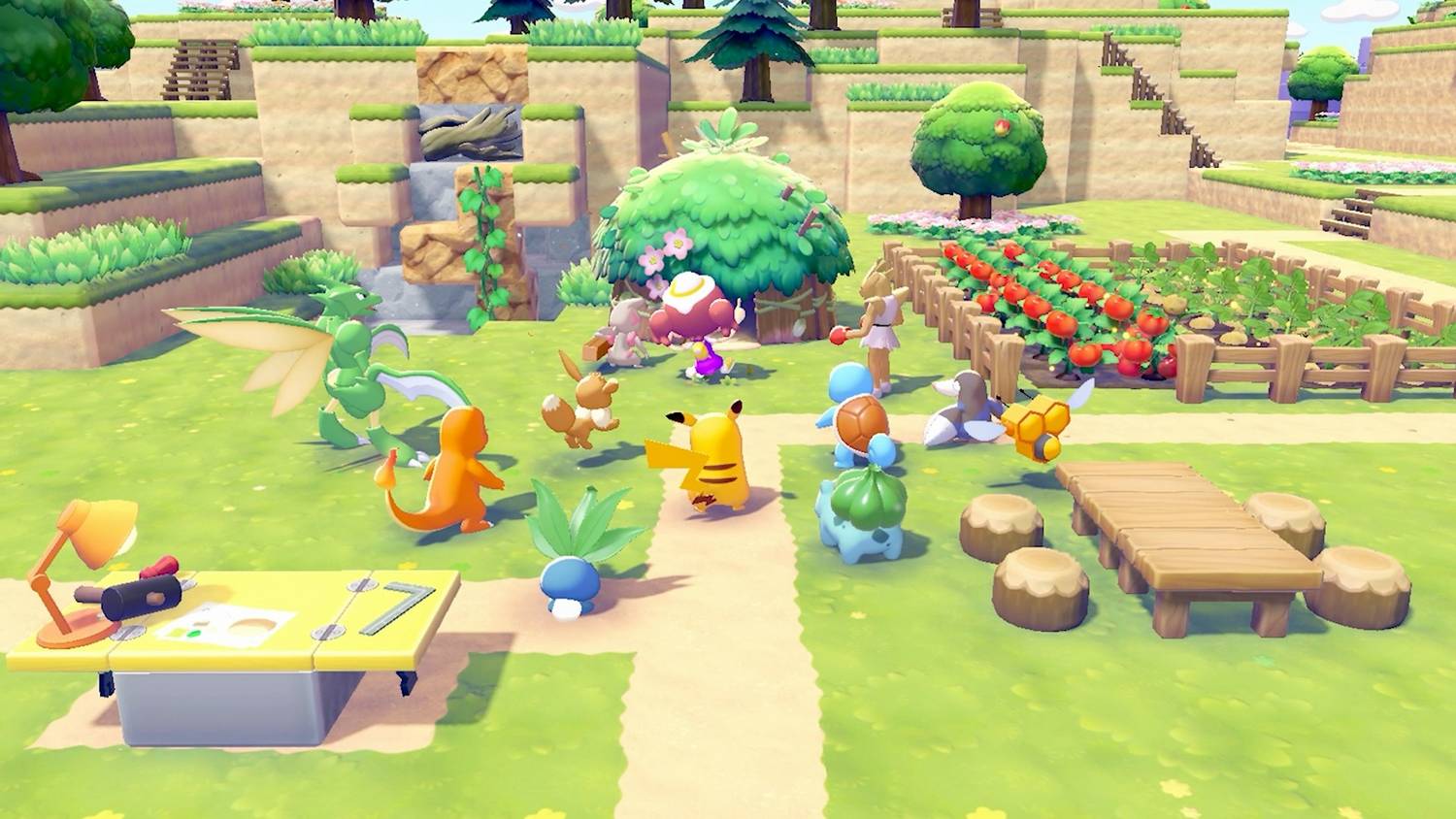 The Palworld Effect: Why Now?
The Palworld Effect: Why Now?
The timing of this announcement is no coincidence. While Palworld was met with its share of controversy, its undeniable success proved that there is a massive market for a survival and crafting game centered on creature collection. The community, for years, has clamored for a Pokémon game that offers a more open, less rigid experience, but The Pokémon Company has been hesitant to venture too far from its core formula.
Pokopia is Nintendo’s answer. It is a calculated and clever move. Instead of trying to directly copy the “gun-with-Pokémon” mechanic of Palworld, it has taken the core appeal of that game—building a base, collecting creatures, and living in a world alongside them—and filtered it through a wholesome, Nintendo-centric lens. The choice of a Ditto as the protagonist is a masterstroke, a playful nod to the idea of “imitation” while also providing a charming in-world explanation for the protagonist’s “human-like” appearance and its ability to learn from others.
Looking Ahead: What’s Next for Pokopia?
Developed by Koei Tecmo Games and set for release on the Nintendo Switch 2 in 2026, Pokémon Pokopia promises a “slow life” experience. The game will feature a day-night cycle, changing weather, and the ability to invite friends to visit your custom-built paradise. Pre-orders are set to begin in November 2025, a sign of Nintendo’s confidence in the title.
While the game’s announcement has been met with widespread positivity, its success will ultimately be measured by its ability to deliver a deep and engaging experience that can stand toe-to-toe with the titans of the crafting genre. The high CPC keywords for these discussions, such as “Pokémon Pokopia release date,” “Palworld vs. Pokémon,” “Nintendo Switch 2 games,” and “best life simulation games,” reflect the immense public interest in this strategic move by Nintendo and its potential to shake up the market.










